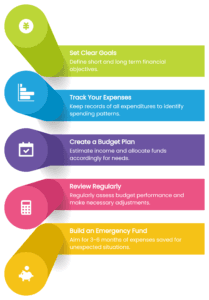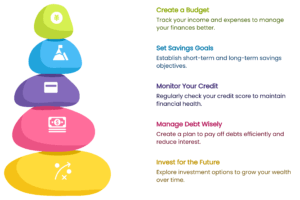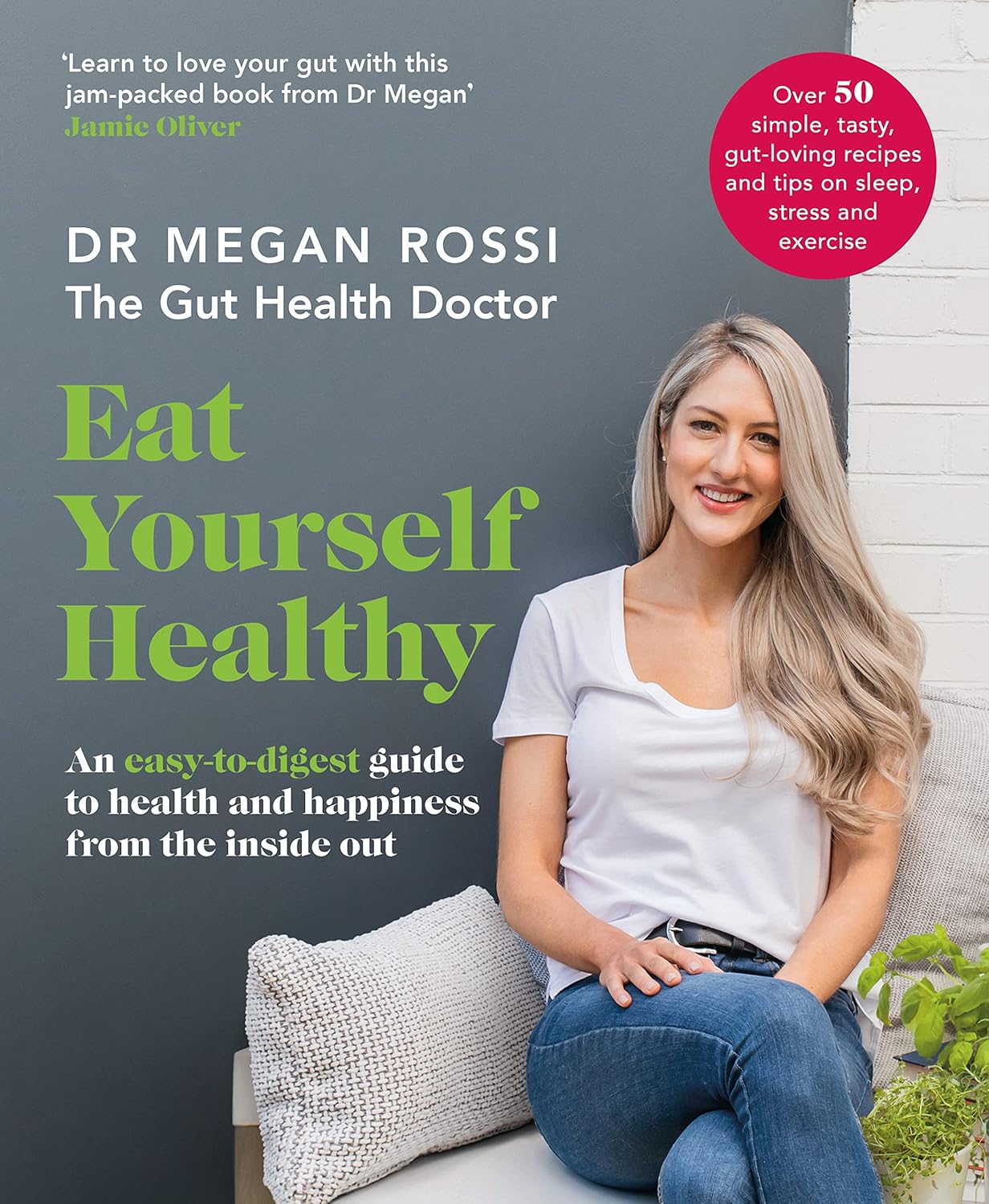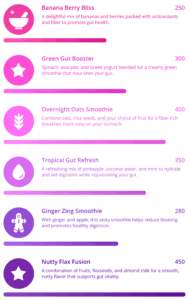
How to Improve Credit Score Quickly: A Comprehensive Guide
Improving a credit score quickly might seem like a daunting task, but I’ve learned there are several strategies that can pave the path for a better financial wellness. The key lies in understanding the intricate dance between debt management, timely payments, and smart financial habits. By focusing on these areas, I’ve seen firsthand how scores can improve, opening doors to better loan rates and financial opportunities.
The length of credit history plays a crucial role in this journey. I often remind friends and family that establishing a long and healthy credit history is like building a good reputation—it doesn’t happen overnight but requires patience and consistent effort. This, coupled with other factors, forms the foundation of a strong credit score.
Moreover, diving into the specifics of what makes up a credit score, from payment history to credit utilization, has been an eye-opener for many. It’s not just about paying bills on time; it’s about understanding how each action affects the score. With this knowledge, making informed decisions becomes second nature, leading to quicker improvements in credit scores.
Understanding Your Credit Score
Understanding my credit score was the first step in my journey toward financial freedom. It was like getting a map before starting a road trip. A credit score is a number that tells lenders how trustworthy I am when it comes to borrowing money. The higher the score, the more likely I am to get approved for loans and credit cards with better terms.
When it came to rebuilding credit, I learned the importance of starting with small, manageable steps. This meant regularly checking my credit score to keep track of my progress and understanding how my financial decisions were impacting my score. It’s about taking control of my financial health and making changes that lead to significant improvements over time.
What Influences Your FICO Score
What is FICO:
Your FICO score, which is determined using information from your credit record, is a numerical representation of your creditworthiness. It is an essential statistic that lenders use to assess a borrower’s credit risk.
Why it’s important:
FICO scores are a vital tool used by lenders to evaluate the creditworthiness of prospective borrowers. These scores are crucial in deciding whether loan applications are approved or denied, as well as the potential credit limits and interest rates that borrowers must pay. FICO ratings provide lenders with an accurate assessment of a person’s financial conduct, which ultimately affects the financial options accessible to customers.
While exploring ways to improve my FICO score, I discovered tools like Experian Boost, which can have a positive impact by giving credit for on-time utility and telecom bill payments. However, I also learned the hard way that delinquent payments could significantly hurt my score. It became clear that maintaining a balance between positive credit actions and avoiding pitfalls was crucial for a healthy credit score.
- Score ranges:
- Poor: 300-579
- Fair: 580-669
- Good: 670-739
- Very Good: 740-799
- Exceptional: 800-850
The Importance of Payment History and Credit Utilization
Payment history is the cornerstone of a good credit score. I found that even one late payment could tarnish my score, which took so much effort to build. This realization led me to set up automatic payments for all my bills, ensuring that I never missed a due date again. It was a simple change, but its impact on my credit score was profound.
Credit utilization ratio was another critical area I focused on. By keeping my credit card balances well below my credit limits, I could demonstrate to lenders that I was not overly reliant on credit. This, along with tools like Experian Boost, helped me keep my utilization low and my score on an upward trajectory.
The Role of Credit History Length, New Credit, and Types of Credit
When I talk about my credit score, I always mention three big things that matter a lot: how long I’ve had credit, the new credit I get, and the different types of credit I use. Credit bureaus, like Experian and TransUnion, look at these things to decide my score. They like to see that I’ve had loans or credit card accounts for a long time because it shows I’m reliable. But, getting too many new credit inquiries can make it look like I’m in trouble and need lots of loans, which isn’t great for my score.
Also, having different kinds of credit, like a car loan (installment loan) and credit cards, is good. It shows I can handle different types of borrowing. But, I have to be smart and not let my credit card debt get too high. Keeping my credit utilization rate low, which means not maxing out my credit cards, is key. It’s like showing I can have a bunch of cookies in front of me but only eat a few. This balance helps my credit score stay healthy and grow strong over time.
Strategic Actions to How to Improve Credit Score Quickly
To boost my credit fast, I focus on a few smart moves. I got a secured credit card and a credit-builder loan to show I can be trusted with money. These tools help me build credit because they’re designed for people like me who want to improve. I also keep an eye on my credit utilization ratio, making sure it’s not too high, so my credit scoring reflects my good habits. Plus, I learned that things like car insurance look at my credit too, so keeping it in shape helps me save money there as well.
1. Ensure On-Time Bill Payments
One of the best ways I’ve found to boost my credit is simply paying my bills on time. Credit bureaus really care about this. In fact, payment history accounts for 35% of my credit score. I make sure all my payments, even ones like eligible rent and revolving credit accounts, are paid when they’re supposed to be. This has been a game-changer in helping me improve my payment history and, in turn, my overall credit score.
Utilizing Automatic Payments to Avoid Late Payments
I set up automatic payments for almost all my bills because I know payment history accounts for 35% of my credit score. This way, I never forget a payment date, and I avoid those dreaded late fees. It’s like setting an alarm to wake up in the morning – it just makes life easier.
Automatic payments are my secret weapon for keeping my credit score climbing. By ensuring on-time payments every month, I’m telling the credit bureaus that I’m dependable and trustworthy with my finances. It’s a simple step but has a huge impact on my credit health.
2. Reduce Your Credit Card Balances
Lowering my credit card balances is a quick way to give my credit score a boost. It’s all about the credit scoring system wanting to see that I’m not using all the credit available to me. By paying down my balances, I show that I’m in control of my spending and responsible with my credit.
Strategies for Lowering Credit Utilization
To lower my credit utilization ratio, I started by paying more than the minimum due on my credit cards. Even a little extra each month can make a big difference. It reduces the total amount I owe faster and improves my ratio, which is a big deal for my credit score.
Another strategy I use is spreading my purchases across different cards. This way, I avoid maxing out any single card. Managing my credit this way keeps my utilization low, showing lenders that I’m smart about how I use my credit. It’s like balancing a seesaw to make sure one side doesn’t get too heavy.
3. Rectify Credit Report Errors Immediately
As soon as I spot a mistake on my credit report, I get in touch with the credit bureaus, Equifax and TransUnion, right away. Errors can drag my score down through no fault of my own, so fixing them fast helps keep my credit in top shape.
How to Dispute Errors Effectively on Your Report
If I find something wrong, like a charge I didn’t make (which could be a sign of identity theft), I report it immediately. This helps me get those marks on my credit cleared up. It’s important to keep an eye out and act quickly to protect my score.
Disputing errors effectively means providing evidence that supports my case. I gather up receipts, statements, and any correspondence to prove my point. It’s a bit like being a detective, gathering clues to solve a mystery and clear my name. This process can take some time, but it’s worth it to ensure my credit report accurately reflects my credit habits.
4. Manage Credit Applications Wisely
Every time I apply for new credit, the lender does a check that can ding my score. So, I’m careful about only applying for credit when I really need it. Too many credit inquiries in a short time can look risky to lenders and might lower my score.
The Impact of Hard Inquiries on Your Credit Score
Hard inquiries happen when a financial institution checks my credit because I’ve applied for a loan or credit card. While one or two inquiries might not hurt much, lots of them in a short period can drop my score. It’s like if I ask too many people for a loan, it might seem like I’m desperate for money, which isn’t a good look.
These inquiries stay on my report for two years, but their impact lessens over time. I plan my credit applications carefully to minimize the number of hard inquiries and keep my score healthy. It’s all about timing and not overdoing it with the credit applications.
Smart Credit Management Practices
Keeping in touch with the credit bureaus is a key part of managing my credit smartly. They track my credit history, so I make sure they have all the right info. Regularly checking my credit report helps me catch any mistakes and keep my score accurate.
5. Request Higher Credit Limits Carefully
Asking for higher credit limits can actually help my credit score, but I do it carefully. Before I make a request, I talk to my financial advisor and the credit card company to make sure it’s a smart move. Higher limits can mean a better credit utilization ratio, as long as I don’t increase my spending too much.
How Increased Limits Can Improve Credit Utilization
When my credit card company agrees to a higher limit, it instantly makes my credit utilization ratio look better. But, I always remember the advice from my financial advisor: don’t use this as an excuse to spend more. Keeping my spending in check while having a higher limit is like having a bigger tank for my fish but not filling it with too many fish. It gives me more room to breathe and helps my credit score grow.
It’s a delicate balance, though. I talk to my credit card company to understand how much of an increase makes sense for my situation. This way, I ensure that my credit limit increase is a strategic move rather than a risk to my financial health.
6. Diversify Your Credit Mix
Adding different types of credit, like a personal loan or an auto loan, can positively affect my credit scoring. It shows lenders that I can handle various credit responsibilities well. But, I only borrow what I need and can afford to repay, keeping my financial health in mind.
The Benefits of Having Various Types of Credit Accounts
Having a mix of credit, like a credit-builder loan and an auto loan, helps showcase my financial responsibility. Each type of credit has its own way of showing I’m good with money. For example, managing an auto loan shows I can handle regular, fixed payments, while using credit cards wisely demonstrates my ability to control revolving debt.
By diversifying my credit mix and managing it well, I present myself as a lower-risk borrower. It’s like being good at multiple sports; it shows I’m versatile and capable in different areas. This strategy not only improves my credit score but also prepares me for any financial needs in the future.
7. Avoid Closing Old Credit Accounts
Closing old credit accounts might seem like tidying up, but it’s actually not great for your credit score. These old accounts are proof that you have a long history of handling credit well. Keeping them open can help show that you’ve been trustworthy for a longer time. It’s like keeping trophies on a shelf to show how long you’ve been in the game.
Preserving Your Credit History Length for a Better Score
One big part of your credit score is how long you’ve had credit. Think of it as a trust meter; the longer you’ve been using credit responsibly, the more trust you’ve earned. That’s why it’s smart to keep old accounts open, even if you don’t use them much. They continue to add to your credit age, making your credit report look more appealing.
Some folks might worry about having too many accounts open, but it’s really about how you manage them. Not using a card? Keep it tucked away but not closed. This way, your credit history keeps growing, making your score better. It’s a simple step, but it can make a big difference in how lenders see you.
Advanced Credit Building Techniques
Now, let’s talk about some advanced moves to build your credit. Think of your credit like a garden. Just like you need different types of plants to make it flourish, you need a mix of credit types to grow your score. This could mean mixing in installment loans with your credit cards or exploring other credit-building products. It’s all about showing you can handle different types of credit well.
8. Become an Authorized User on a Reliable Account
Becoming an authorized user on someone else’s account is like getting a leg up in the credit game. It means if they have good credit habits, you get to share some of the glory. But choose wisely; their mistakes can also become yours. It’s like being on a team where everyone’s actions affect the score.
How This Can Positively Affect Your Credit Score
When you’re added as an authorized user, that account’s history gets added to yours. If the account has been managed well, it’s like a boost to your credit score because it shows you’re associated with responsible credit use. It’s a bit like getting extra points in a game because you’re part of a winning team.
This strategy is especially helpful if you’re rebuilding credit. It’s important, though, to pair this with other good credit habits, like keeping your own credit card balances low and applying for new credit sparingly. Think of it as a multi-tool in your credit-building toolkit, not the only tool.
9. Secure Credit Cards and Loans for Credit Building
Secured credit cards and loans are like training wheels for building credit. You put down a deposit as a safety net, which makes lenders more willing to take a chance on you. As you use the card or pay back the loan, your good behavior is reported to the credit bureaus, helping to build your unique credit profile.
How Secured Financial Products Can Aid in Score Improvement
Using a secured credit card wisely means making purchases and paying your bills on time, every time. This consistent behavior shows that you’re trustworthy and responsible with credit. Over time, this can help lift your credit score because it proves to lenders that you’re a safe bet for paying back borrowed money.
Similarly, secured loans work by borrowing against your own money and then paying it back, usually with interest. This might sound a bit backward, but it’s a proven way to show credit bureaus that you’re serious about maintaining good credit habits. Plus, it adds a different type of credit to your mix, which can also help improve your scores.
In a Nutshell – How to Improve Credit Score Quickly
Numerous important elements influence your FICO score, which is a crucial indicator of your creditworthiness. About 35% of your score is mostly determined by your payment history, which includes both instances of missed or late payments as well as your history of on-time payments. The amounts owed, which make up around 30%, take into account both your entire amount of debt that is still owed and your credit utilization ratio, which is the proportion of your overall credit that you are presently utilizing.
Furthermore, how long your accounts have been open and the ages of your oldest and newest accounts are taken into consideration by the length of your credit history, which contributes for around 15% of your score. The new credit component, which makes up around 10% of your credit score, looks at how many new accounts you have created recently and how many hard inquiries you have on your credit report. If you have a lot of hard inquiries, it may be a sign of increased risk. Last but not least, the mix of credit kinds, which also accounts for about 10%, examines the range of credit accounts you own, including installment loans, credit cards, and mortgages, and shows that you can appropriately manage various credit types. By concentrating on proper credit activity, you can gradually raise your score by being aware of these factors. Please also note that not all credit scores are based on the FICO model, despite the fact that FICO scores are generally accepted and frequently used as a standard indicator of creditworthiness. In actuality, there are numerous credit scoring models that assess a person’s credit history and financial behavior using distinct algorithms and standards. These alternative scores—like VantageScore and other proprietary models — may offer distinct perspectives on a customer’s credit profile, underscoring the intricacy of credit evaluations in the current financial environment.
Monitoring and Maintaining Your Credit Score
Keeping an eye on your credit score and report is like doing regular check-ups. It helps you catch any mistakes or issues before they can do big damage. Plus, understanding what’s in your report can give you ideas on how to improve your score even more. I recommend this book.
Regularly Check Your Credit Report for Free
You can check your credit report for free every year from each of the major credit bureaus. This way, you can make sure everything is accurate and there are no surprises. It’s like making sure your garden doesn’t have any weeds that need pulling.
Identifying and Addressing Issues Proactively
When you check your credit report, look for anything that doesn’t seem right, like accounts you didn’t open or mistakes in your personal information. Finding and fixing these errors quickly can prevent them from lowering your score. Think of it as fixing leaks in a boat before they get bigger.
It also helps to understand how different actions affect your score. Knowing this can help you make smarter credit decisions in the future. It’s a bit like learning the rules of a game so you can play it better.
How to Elevate Your Score by 100 Points
Improving your score by 100 points is a big goal, but it’s doable with patience and smart moves. Start by fixing any errors on your credit report and making sure all your payments are on time. These steps alone can make a big difference.
Setting Realistic Timeframes for Credit Improvement
It’s important to have realistic expectations when you’re working to improve your credit scores. Think of it as training for a marathon; you won’t see results overnight. But with steady, consistent effort, you can definitely make significant improvements over time. Patience and perseverance are key.
Remember, different actions take different amounts of time to impact your score. Paying down high balances and becoming an authorized user can give you quicker results, while other strategies might take longer. Keep at it, and you’ll see the progress you’re hoping for. I recommend this book.
Final Thoughts on Elevating Your Credit Score Efficiently
All said and done, once in a while you experience something where you need an urgent boost. Here are are a few services that may help you.
Experian Boost
Experian Boost is a free service offered by the credit bureau Experian that helps users improve their credit score by adding positive payment history for utility bills, phone bills, and select streaming services (like Netflix) to their credit file. Normally, these types of payments aren’t included in traditional credit reports, but Experian Boost changes that.
Who Can Use Experian Boost?
U.S. residents with a credit file at Experian
Anyone who has a bank account or credit card used to pay recurring bills
People who want to build or improve their credit score, especially those with limited credit history
Why It Matters
Experian Boost can be particularly helpful for people with low or thin credit files, as even a small boost in your credit score can make a difference when applying for loans, credit cards, or mortgages. The process is fast, secure, and you see your updated score immediately.
Besides, you can explore to use the following:
1. UltraFICO
How it works: Developed by FICO in partnership with Experian and Finicity, UltraFICO uses your bank account activity—such as savings patterns, consistent cash flow, and responsible banking behavior—to potentially boost your FICO Score.
Best for: People with good financial habits but thin credit history.
2. eCredable Lift
How it works: This service reports utility and telecom payments directly to TransUnion.
Best for: People who want to boost their credit with TransUnion rather than Experian.
3. LevelCredit (formerly RentTrack)
How it works: It reports rent and utility payments to Equifax and TransUnion, helping renters build credit over time.
Best for: Renters looking to get credit for on-time payments.
4. Rental Kharma
How it works: Adds your current and past rent payments to your credit report, primarily reporting to TransUnion.
Best for: Tenants with no traditional credit history.
Improving your credit score isn’t just about tackling the present; it’s like planting a garden for the future. Think of each action, like managing credit applications wisely or speaking with customer service to rectify errors on your report, as planting a seed. Some seeds, like disputing errors, may sprout quickly, boosting your score in a few months. Others, such as diversifying your credit mix with auto insurance or life insurance, are more like perennials, taking time to establish but strengthening your financial wellness in the long run. It’s about nurturing your credit garden with patience and smart choices.
As we’ve explored ways to lift your score, remember, there’s no magical quick fix. Just as a house isn’t built in a day, neither is a stellar credit score. It’s vital to keep an eye on the health of your credit through regular check-ups, just as you would with Medicare or business insurance to ensure everything is in order. Engaging with insurance companies for various insurance cover options can also demonstrate to lenders your responsibility towards financial commitments. Ultimately, the journey to a better credit score is a marathon, not a sprint, filled with diligent maintenance and informed decisions, echoing advice from experts like those at USA Today. So, lace up your shoes, and let’s get to improving that score, step by step.
Please note that as an Amazon Associate, we earn from qualifying purchases at no additional cost to you. That helps us maintain the website and staff.






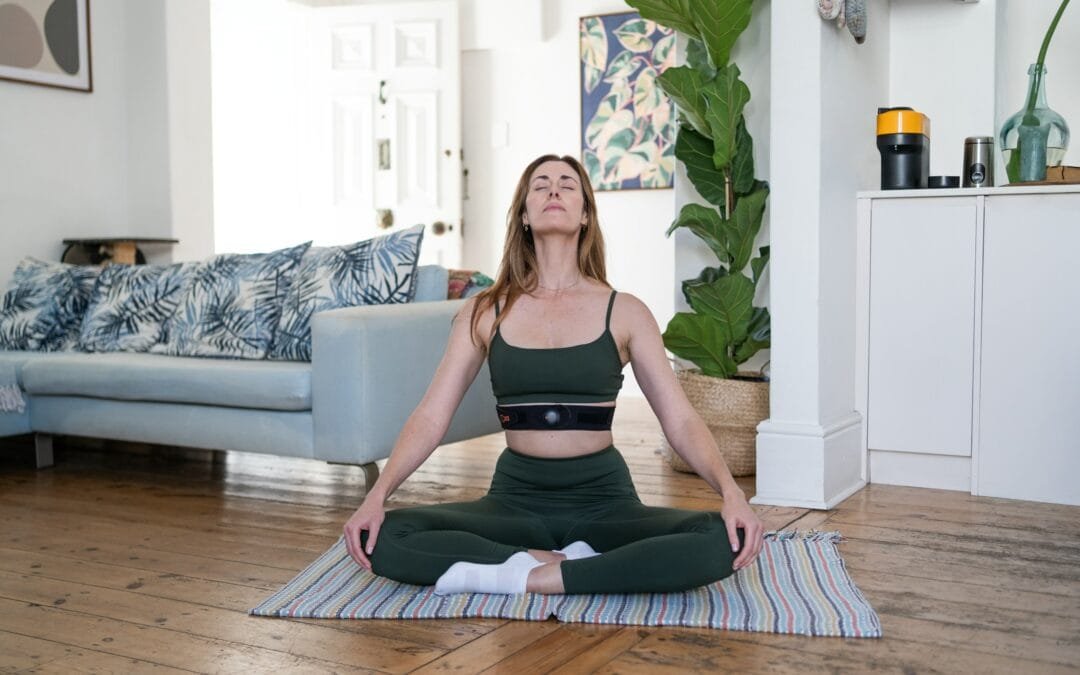

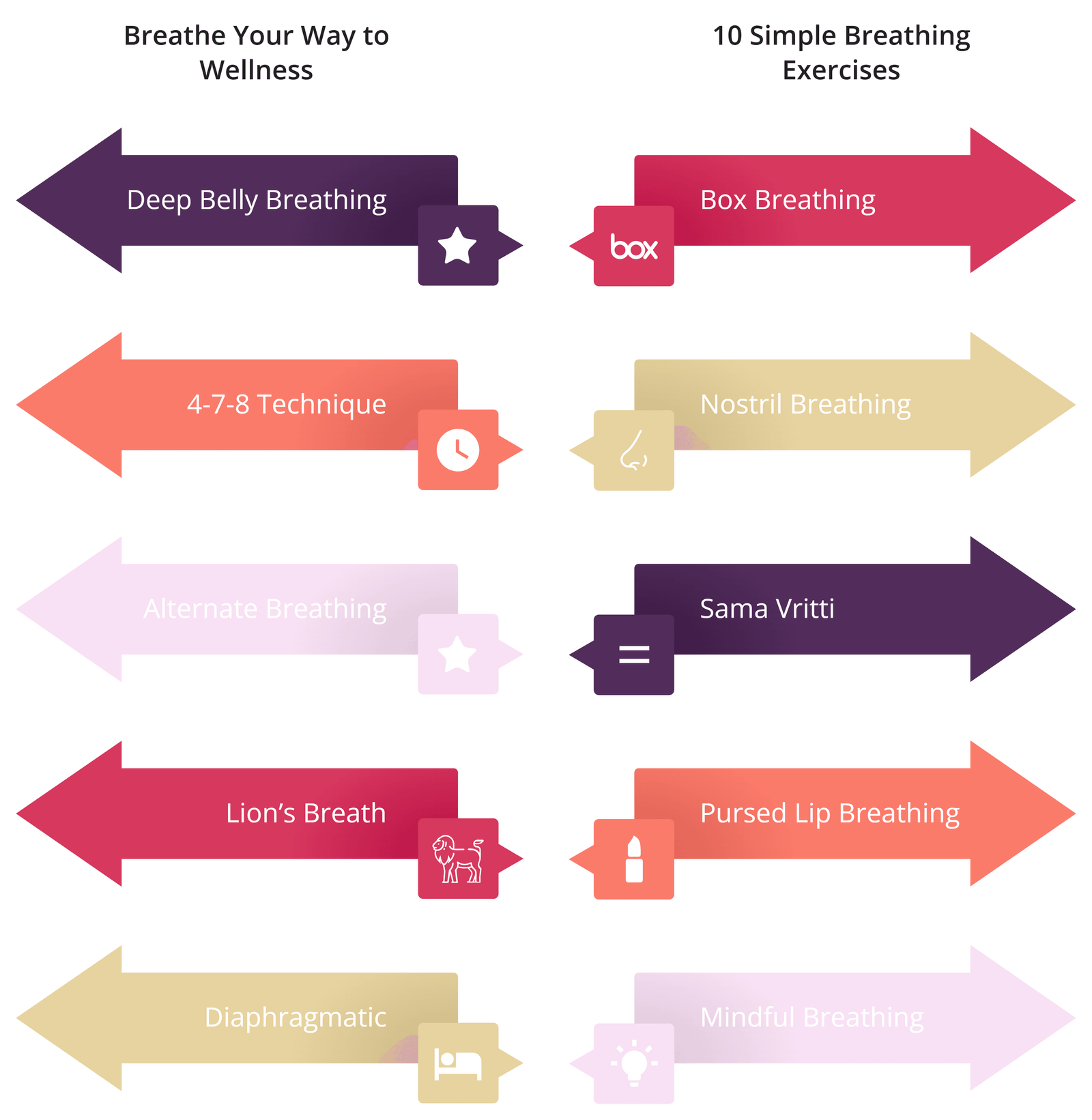
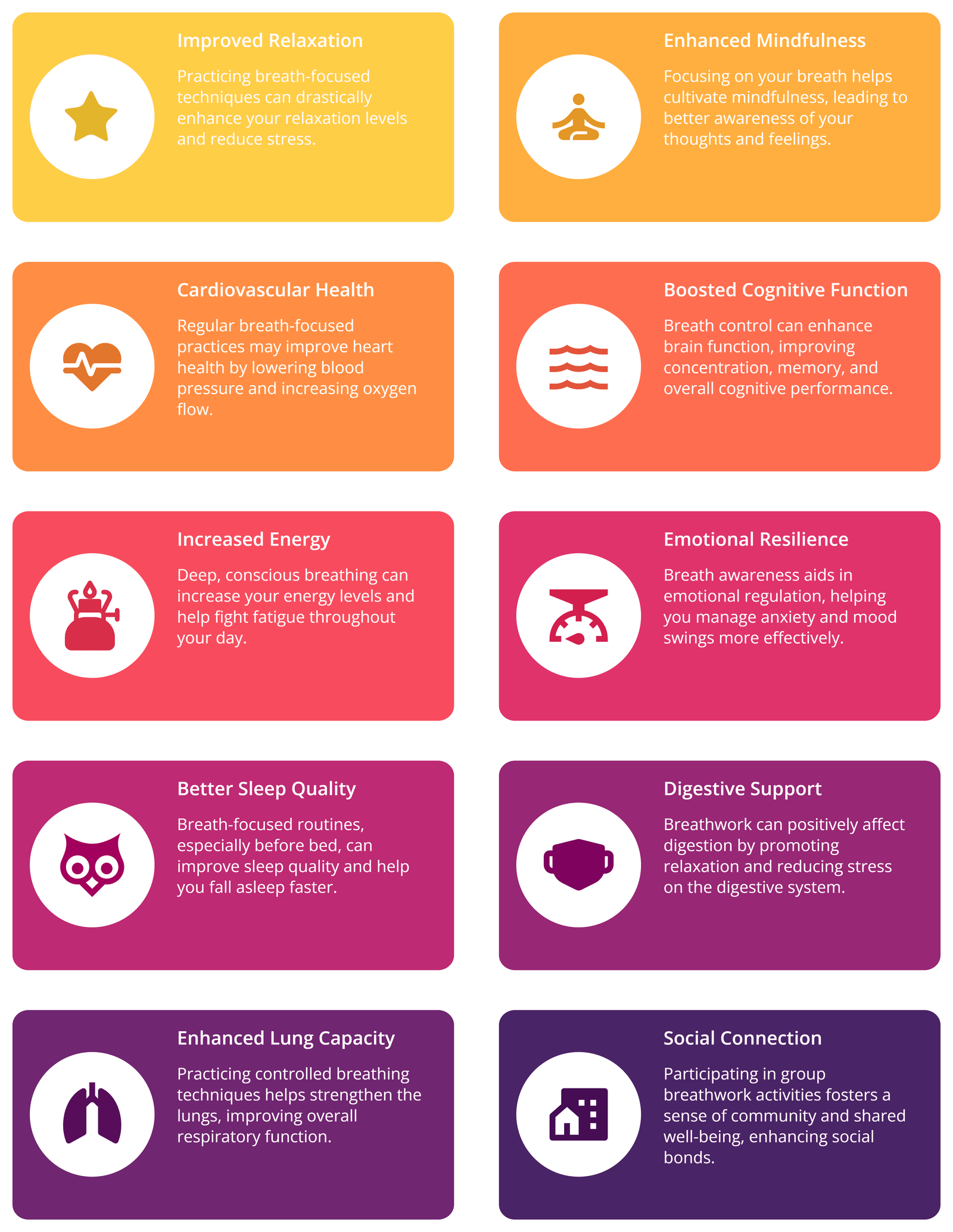












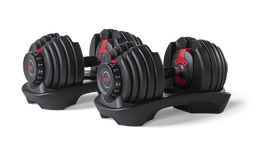
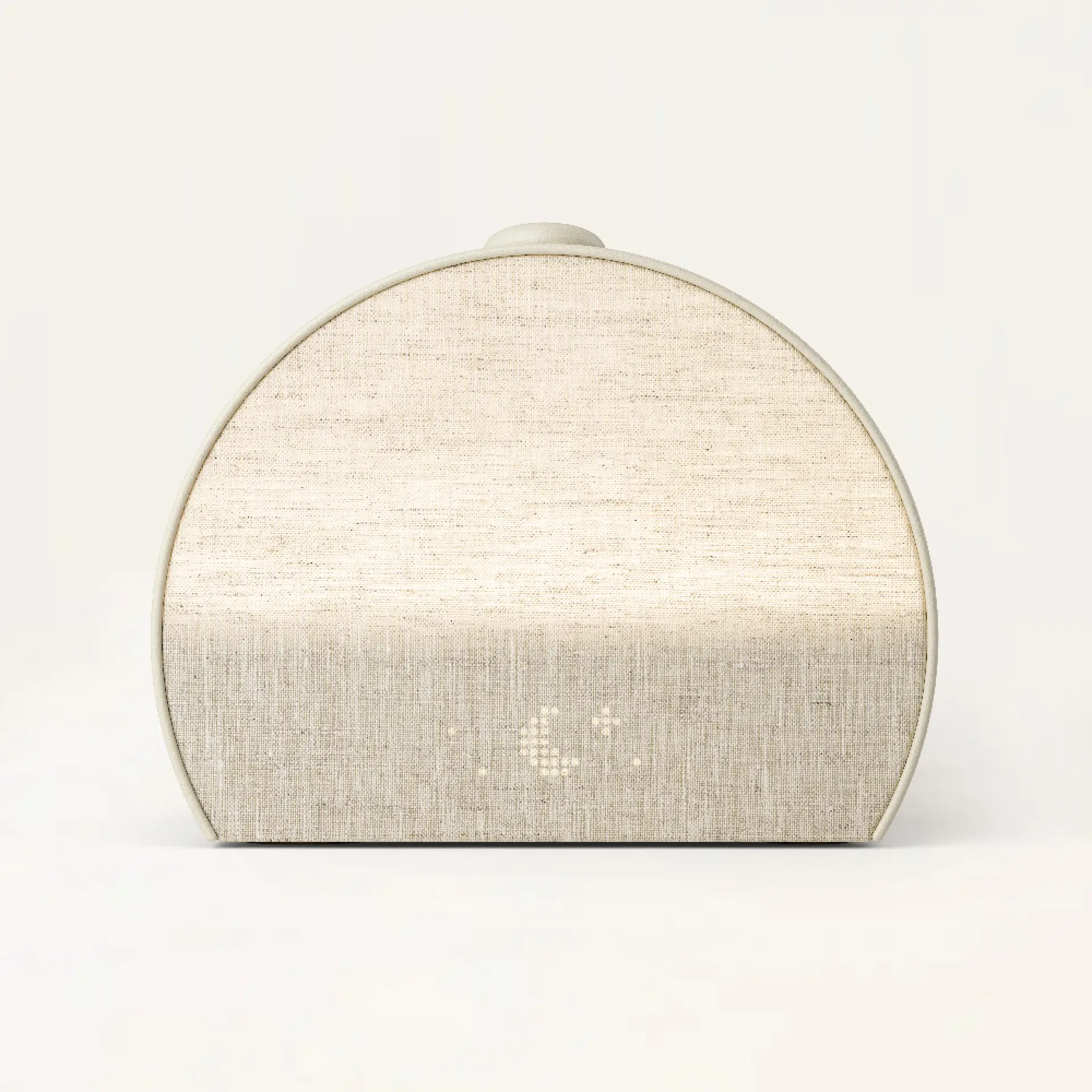
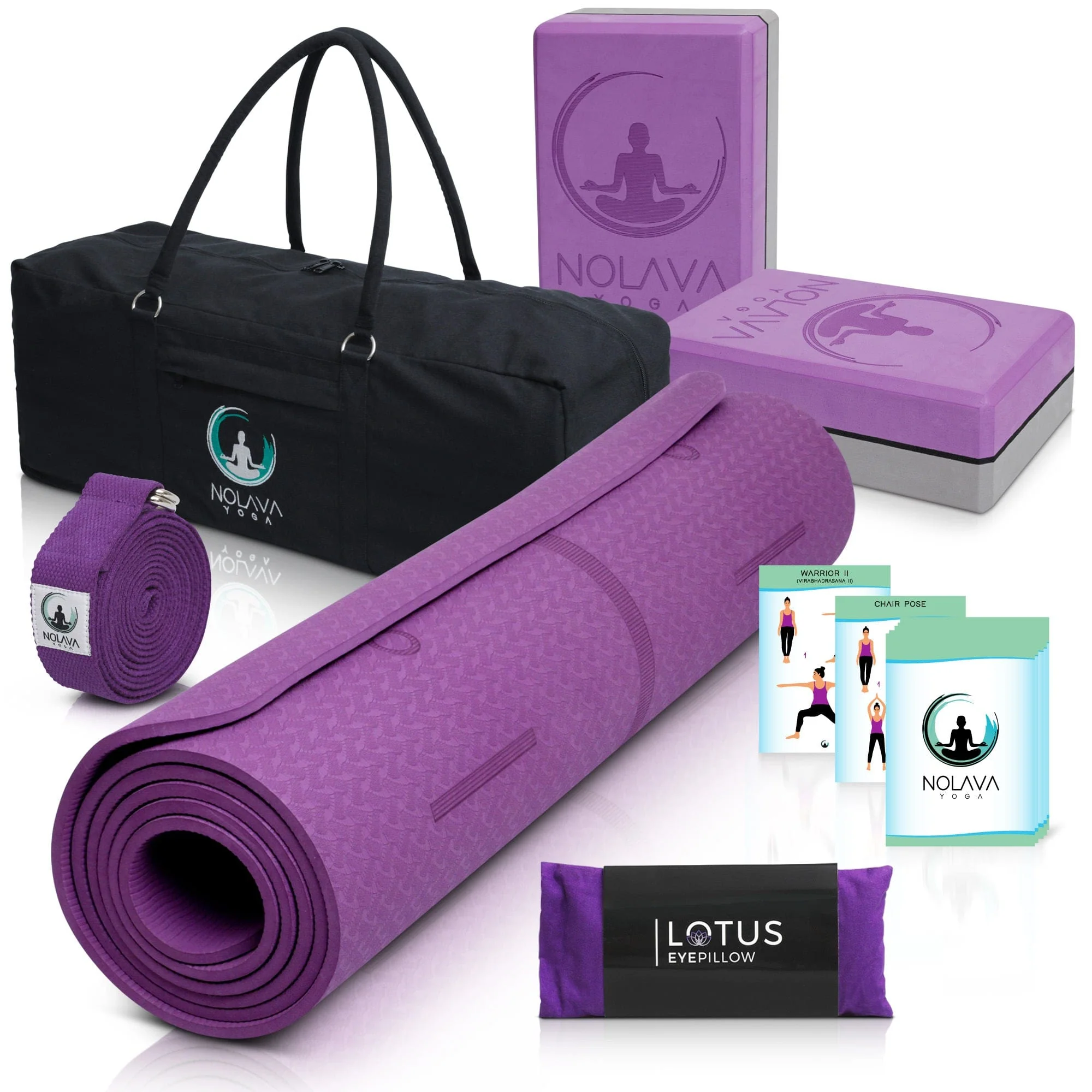



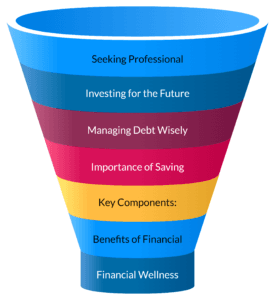

![Quicken Classic Deluxe for New Subscribers| 1 Year [PC/Mac Online Code]](https://m.media-amazon.com/images/I/61ypcFpjCuL._AC_SL1221_.jpg)
